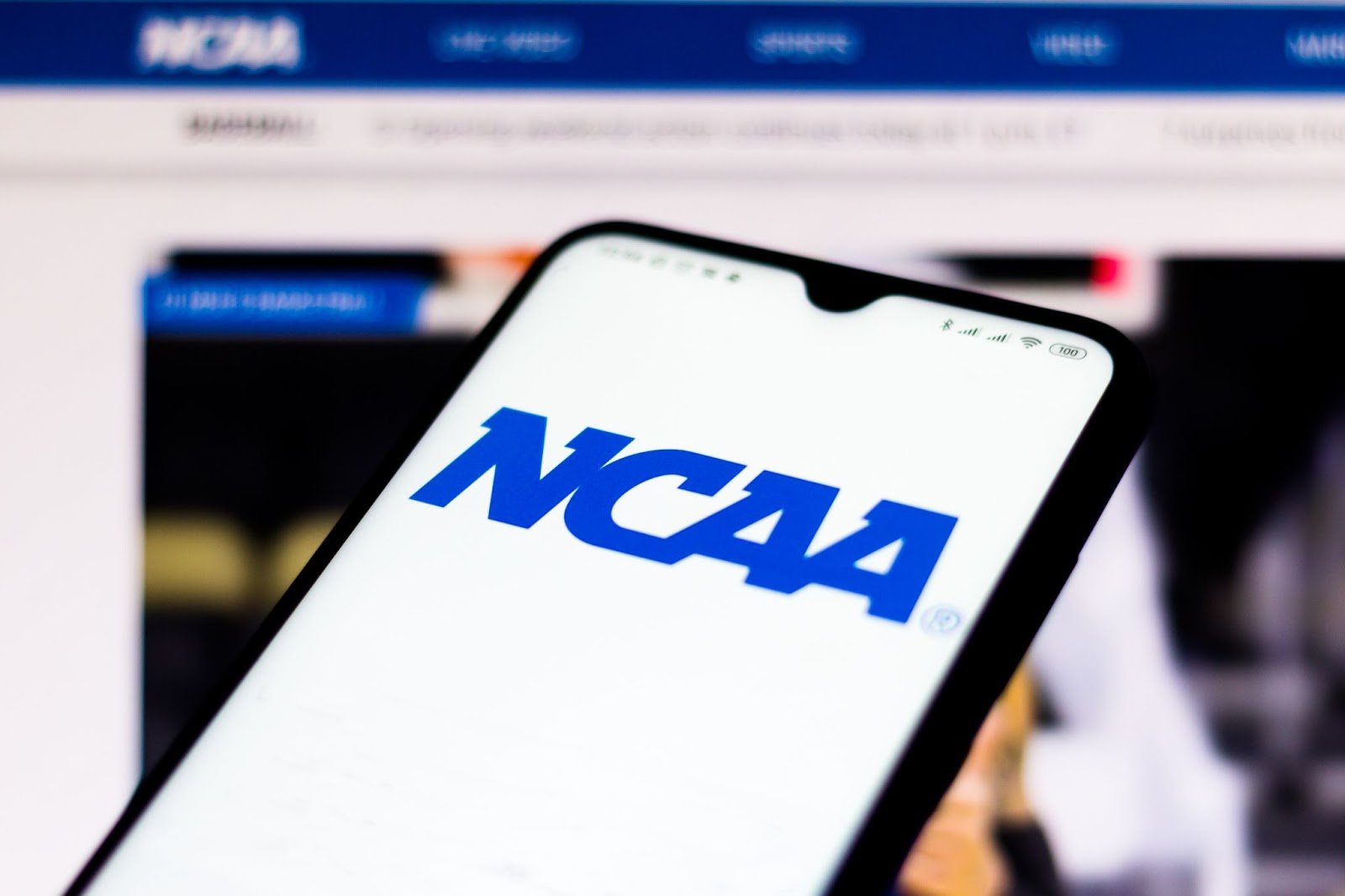The Sports Law team at HBC is writing a series of articles in response to the NCAA Transformation Committee’s recommendations to modernize DI athletics. This is the third article of the series.
Previously, we looked at the makeup and goals of the NCAA Transformation Committee and the Committee’s plan to improve the physical and mental health of NCAA student-athletes. Today’s post, the third in our series on the Committee and its recent report on modernizing NCAA Division I athletics, focuses on the Committee’s plan to revamp the NCAA’s internal governance structure, including proposed changes that would give student-athletes more control over their own careers and experiences.
NCAA Transformation Committee: Revamping the NCAA’s Internal Governance Structure
In the report, the Committee outlines a new Division I governance structure that would decentralize oversight, allow for quicker, sport-specific decision making, and empower student-athletes to participate in NCAA rulemaking and governance. Here’s our take on each of these changes:
Decentralizing Decision Making
The Committee begins by acknowledging that the NCAA’s existing model of top-down decision making is often too cumbersome to be effective in the ever-changing world of intercollegiate athletics. Under the existing governance structure, most major decisions must be made by a small number of high-ranking NCAA officials, and only after a long period of deliberation. While this model allows the NCAA to have maximum control over key issues, it is often ineffective when many critical decisions must be made in a short period of time.
To make the NCAA nimbler, the Committee argues that, whenever possible, lower-ranking NCAA officials should be empowered to make decisions. According to the Committee, this would allow the NCAA to react to changes more quickly and would free up the NCAA’s brass to focus on only the most important issues.
In this instance, we are strongly in support of the Committee’s recommendations. Too often, the NCAA fails to adapt to changes in a timely manner, which often results in needless confusion and consequences for student-athletes. For example, California passed the “Fair Pay to Play Act” in 2019, making it the first state to allow student-athletes to profit from their name, image, and likeness (NIL) without forfeiting their NCAA eligibility. Despite the passage of this landmark law, the NCAA failed to adopt even an interim NIL policy until 2021, leaving a two-year period of confusion, and lost revenues, for student-athletes.
Sport Specific Governance
In a further effort to make the NCAA more agile, the Committee recommends that, in lieu of the NCAA’s longstanding practice of dictating blanket rules that apply equally to all student-athletes, leaders within each individual sport should be empowered to make rules that apply to only that sport. For example, leaders within Division I football should be allowed to make rules specific to football without impacting the rules that apply to field hockey.
It is hard to believe that the NCAA has resisted this type of internal governance structure thus far, and adopting this recommendation is a no-brainer. In total, there are 24 sports that operate under the umbrella of the NCAA, and the economic, marketing, injury, and recruiting landscapes differ greatly from sport-to-sport. Leveraging the expertise of sport-specific leaders, rather than relying on NCAA generalists, will lead to better governance within each sport, and will allow the NCAA to avoid needless red-tape and act quickly when the need arises.
Giving Student-Athletes a Voice
To give student-athletes more control over their athletic careers, the Committee is calling for increased collaboration on issues related to NCAA governance between member institutions and the various levels of the Student-Athlete Advisory Committee (SAAC). SAAC is an organization of student-athletes that exists at the institutional, conference, and national levels. While SAAC has given student-athletes a way to express their opinions on NCAA issues for years, historically, the true influence of SAAC has been informal and inconsistent.
In the report, the Committee argues that SAAC should be given more influence over NCAA decision-making and that SAAC’s influence should be more formalized. In fact, the Committee collaborated with various levels of SAAC during the creation of the report to give student-athletes a voice on the future of Division I athletics. As a result, the Committee has already endorsed several of SAAC’s recommendations, including increased mental health services and the expansion of SAAC at the conference level.
Giving student-athletes an increased voice on the governance of the NCAA is a long-overdue step, and alone, expanding the influence of SAAC is not enough. The entire NCAA model has been built on the efforts of student-athletes, and as we enter a new era of intercollegiate athletics, it is more important than ever to give student-athletes a voice over their own collegiate careers.
Stay tuned tohttps://www.hbcboulder.com/news-media (orhttps://twitter.com/HBCSportsLaw orhttps://www.linkedin.com/company/hutchinson-black-and-cook-llc/) for the latest in our series on the NCAA’s recommendations.
